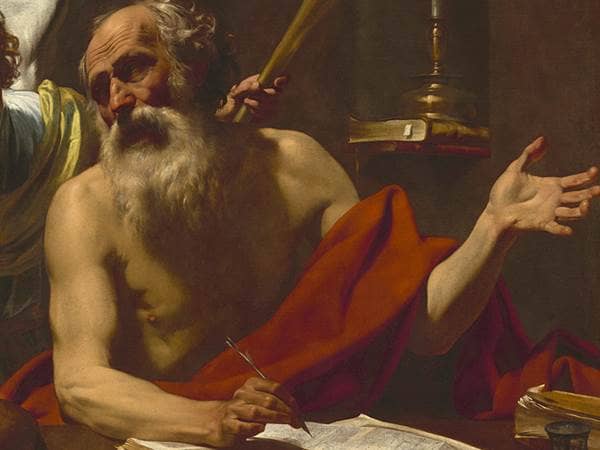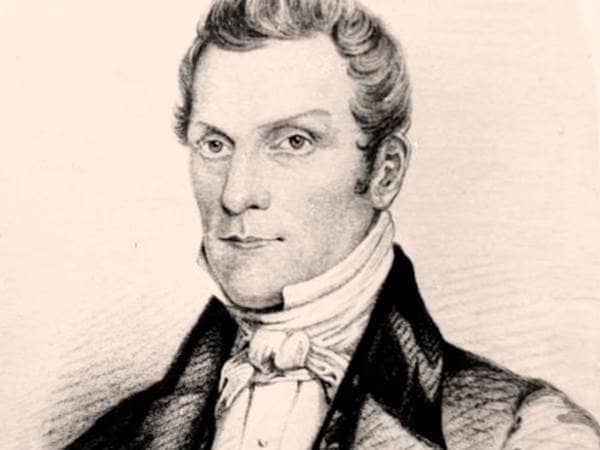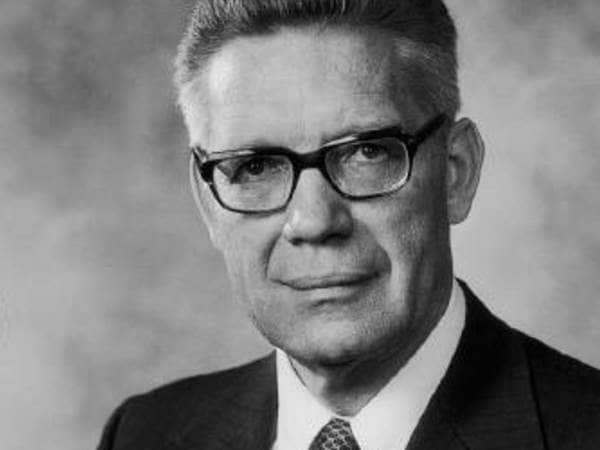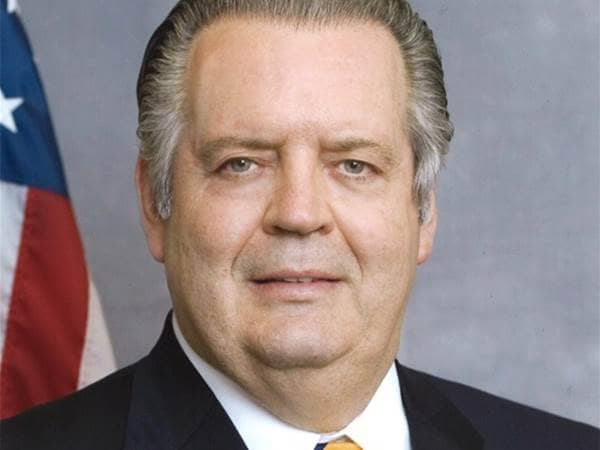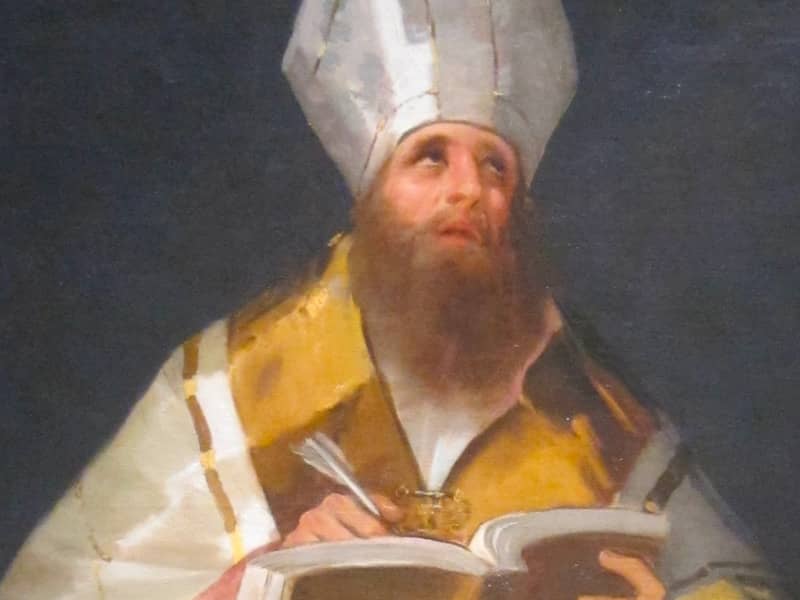
- Profession: Christian scholar
- Lived: 339 A.D.-397 A.D.
- Nationality: Italian
- Known for: Theologian and statesman
- Fun Fact: St. Ambrose is the patron saint of beekeepers.
- Fun Fact: St. Ambrose had to get baptized to be the Bishop of Milan.
Venerated as Saint Ambrose, Ambrose of Milan was the Bishop of Milan, a theologian, and a statesman. He expressed himself prominently as a public figure, fiercely promoting the Latin Church against Arianism and paganism. He left a substantial collection of writings. The best known include the ethical commentary De officiis ministrorum and the exegetical Exameron. His preachings, actions, and literary works, in addition to his innovative musical hymnography, made him one of the most influential ecclesiastical figures of the 4th century.
Ambrose served as the Roman governor of Aemilia-Liguria in Milan when he was unexpectedly made Bishop of Milan in 374 by popular acclamation. As bishop, he took a firm position against Arianism and attempted to mediate the conflict between the emperors Theodosius I and Magnus Maximus.
Tradition credits Ambrose with developing an antiphonal chant, known as Ambrosian chant, and composing the "Te Deum" hymn, though modern scholars now reject both of these attributions. Ambrose's authorship on at least four hymns, including the well-known "Veni redemptor gentium," is secure; they form the core of the Ambrosian hymns, which includes others that are sometimes attributed to him. He also had a notable influence on Augustine of Hippo, particularly converting him to Christianity.
Ambrose was known to be Nicene Christian in belief, but he was considered acceptable to Arians due to his charity in theological matters in this regard. At first, he energetically refused the office, for which he felt he was in no way prepared. Ambrose was a relatively new Christian who was not yet baptized nor formally trained in theology.
Ambrose fled to a colleague's home, seeking to hide. Upon receiving a letter from Emperor Gratian praising the appropriateness of Rome appointing individuals worthy of holy positions, Ambrose's host gave him up. Within a week, he was baptized, ordained, and duly consecrated as the next bishop of Milan. This was the first time in the West that a member of the upper class of high officials had accepted the office of bishop.
Soon after acquiring the undisputed possession of the Roman Empire, Theodosius died at Milan in 395, and Ambrose gave the eulogy. Two years later, Ambrose also died. He was succeeded as bishop of Milan by Simplician. Believers may still view Ambrose's body in the church of Saint Ambrogio in Milan, where it has been continuously venerated, along with the bodies identified in his time as those of Saints Gervase and Protase. Ambrose is remembered in the Church of England with a Lesser Festival on December 7th.
Ambrose served as the Roman governor of Aemilia-Liguria in Milan when he was unexpectedly made Bishop of Milan in 374 by popular acclamation. As bishop, he took a firm position against Arianism and attempted to mediate the conflict between the emperors Theodosius I and Magnus Maximus.
Tradition credits Ambrose with developing an antiphonal chant, known as Ambrosian chant, and composing the "Te Deum" hymn, though modern scholars now reject both of these attributions. Ambrose's authorship on at least four hymns, including the well-known "Veni redemptor gentium," is secure; they form the core of the Ambrosian hymns, which includes others that are sometimes attributed to him. He also had a notable influence on Augustine of Hippo, particularly converting him to Christianity.
Early Life
Ambrose was born into a Roman Christian family in the year 339. Ambrose himself wrote that he was 53 years old in his letter number 49, dated 392. He began life in Augusta Trevorum, the capital of the Roman province of Gallia Belgica in what was then northeastern Gaul and is now modern Germany. There is a legend about Ambrose as an infant. It says that a swarm of bees settled on his face while he lay in his cradle, leaving behind a drop of honey. His father considered it a sign of his future eloquence and honeyed tongue. For this reason, bees and beehives often appear in the saint's symbology.Bishop of Milan
In 374, the bishop of Milan, Auxentius, an Arian, died, and the Arians challenged the succession. Ambrose went to the church where the election was to occur to prevent a probable uproar in this crisis. His address was interrupted by a call, "Ambrose, bishop!" which was taken up by the whole assembly.Ambrose was known to be Nicene Christian in belief, but he was considered acceptable to Arians due to his charity in theological matters in this regard. At first, he energetically refused the office, for which he felt he was in no way prepared. Ambrose was a relatively new Christian who was not yet baptized nor formally trained in theology.
Ambrose fled to a colleague's home, seeking to hide. Upon receiving a letter from Emperor Gratian praising the appropriateness of Rome appointing individuals worthy of holy positions, Ambrose's host gave him up. Within a week, he was baptized, ordained, and duly consecrated as the next bishop of Milan. This was the first time in the West that a member of the upper class of high officials had accepted the office of bishop.
Later Years and Death
In April 393, Arbogast and Emperor Eugenius marched into Italy to secure Theodosius I and his son, Honorius, whom Theodosius had appointed Augustus to govern the western portion of the empire. Arbogast and Eugenius courted Ambrose's support by very obliging letters. Still, before they arrived at Milan, he had retired to Bologna, where he assisted at the translation of the relics of Saints Vitalis and Agricola. He went to Florence, where he remained until Eugenius withdrew from Milan to meet Theodosius in the Battle of the Frigidus in early September 394.Soon after acquiring the undisputed possession of the Roman Empire, Theodosius died at Milan in 395, and Ambrose gave the eulogy. Two years later, Ambrose also died. He was succeeded as bishop of Milan by Simplician. Believers may still view Ambrose's body in the church of Saint Ambrogio in Milan, where it has been continuously venerated, along with the bodies identified in his time as those of Saints Gervase and Protase. Ambrose is remembered in the Church of England with a Lesser Festival on December 7th.
Back to Search Results
